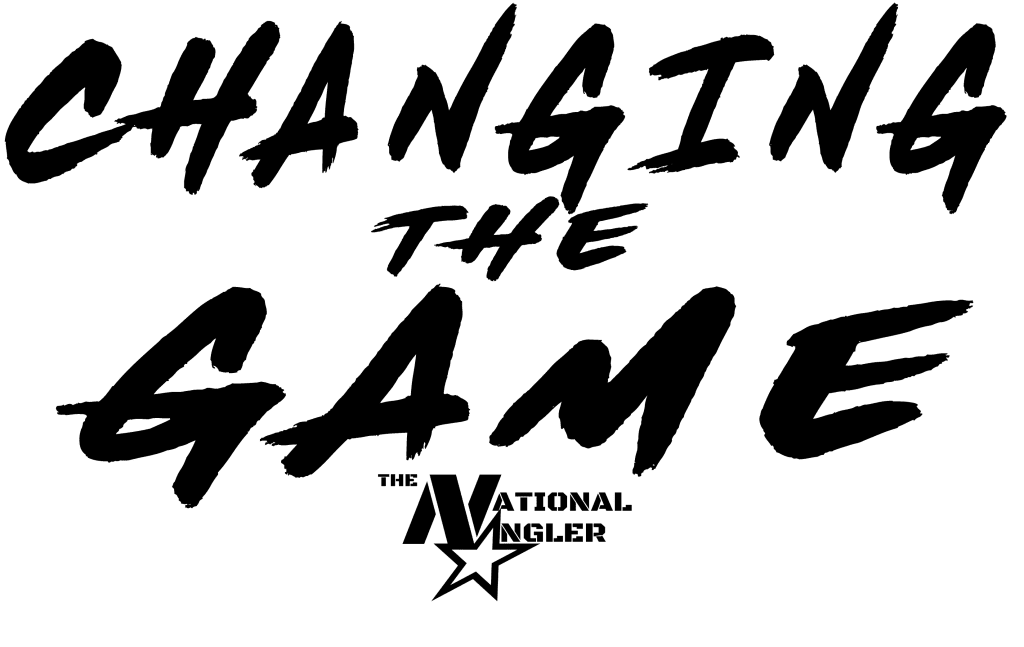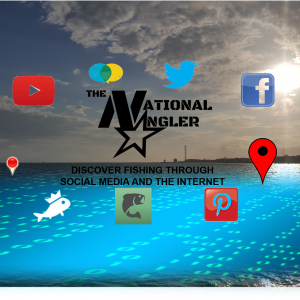DEDICATION
This article series is dedicated to a fishing friend that helped inspire finding people and fishing information on the internet, Burton “Burt” W. Phelps (June 15, 1942 ~ February 8, 2010). I met Burt in a strange way. Most would think I ran into him through some fishing event, while fishing, bait shop or fishing group. I found Burt on craigslist, YES Craigslist! He had posted an ad in the boating section looking for a fishing partner
. He said he had everything including the fishing information. He just needed someone to drive him that had a boat. I took a chance and emailed Burt and invited him to go with me on the Chesapeake Bay. Little d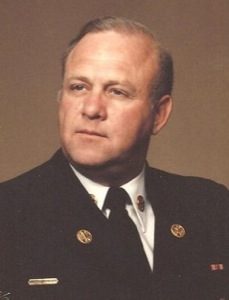 id I know, Burt and I would have quit the adventures that summer. Once out on the water, I quickly realized (me being new to the area) we had no clue how to fish the Chesapeake Bay with light tackle. Through the summ
id I know, Burt and I would have quit the adventures that summer. Once out on the water, I quickly realized (me being new to the area) we had no clue how to fish the Chesapeake Bay with light tackle. Through the summ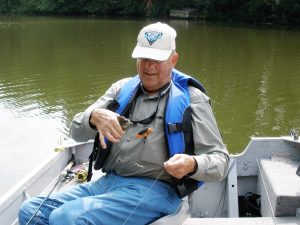 er we developed a relationship that will never be forgotten. If I had the information back then that I can find on social media and on the internet today we would have saved so much time and probably been more successful. I was fortunate to have my first summer in Mar
er we developed a relationship that will never be forgotten. If I had the information back then that I can find on social media and on the internet today we would have saved so much time and probably been more successful. I was fortunate to have my first summer in Mar
yland to fish with Burt. Sadly that following winter, Burt passed away.
BACKGROUND
As an Active Duty military member, I’ve had the opportunity to travel throughout the Western Hemisphere and live on both coasts of the United States . I would consider myself a multi-species angler who just likes to be outside fishing. Along with growing up in rural Iowa, I’ve experienced some great fishing. One of the hardest things about moving around after leaving home was finding new fishing spots. At home, you know people and can rely on word of mouth to when and where the fish are hitting. In the world of fishing “local” knowledge is KING, and if you don’t have it, well I’m hoping that my Internet and Social Media article series will help you build it.
I’m not saying you will catch more fishing, but you will spend less time searching for where to fish. The time saved in the search will mean more time fishing and eventually becoming a seasoned angler with the “local” knowledge.
After leaving home and starting training in Northern California, I began trying to learn to fish on the West Coast. I quickly learned that the techniques from back home would not work in California, nor the ocean. Before the social media and smart-phones, I used bait shop to gather info on fishing hot spots. This first bit of info from the bait shop helped me land my first ever saltwater fish from an ocean. I 13in greenling caught on basically a bottom rig with anchovies and a bass rod.
Back then, I didn’t have a phone that did much but call and text. I didn’t even own a computer and internet wasn’t really a concern like it is today. I did, however, have this handy gadget called a Garmin GPS, that I stuck to my windshield. Because California wasn’t flat and open like Iowa, I used the GPS to find potential locations to fishing locations. I would routinely sit in my car and scan for areas of water that had roads leading up to or near water. I was always on the lookout for small waters like ponds and streams.
Pick a spot on the GPS and drive to it, and potentially fish if it seemed worth a shot. Back then, I can’t even begin to tell you the amount of time that went into checking out all the spots I would find on the GPS. Some would lead to dead ends, others to private property. Eventually, I would always find my way to a new spot. Once you found the spot, it could take some time to figure out if fishing was worthwhile or not. Today I don’t use the Garmin GPS, but I do use Google and Bing maps from my phone or laptop. Doing the research at home saves a tremendous amount of time. Now I can pick the spots I want to drive too.
I would also pick up local fishing guides, which you could find at local tackle shops or retail stores. These guides, usually developed by a local fisherman with local knowledge were great starting points for finding popular spots. In the description, it usually talked about species and techniques used throughout the year. Another form of information were state or region specific fishing magazines and the ones specifically were great sources of info. I couldn’t always remember the information and sometimes the info was just a little too late. So instead of recycling the books and magazines, I would stash them away and make reference to them the following year.
My favorite technique of “dropping in”. “Dropping in” basically means I drive around looking for water access for fishing and I stop and say “HI” and talk to every person I see fishing. People would always share how the fishing was and what they were using and how. After some small talk, I would gather more info and new spots and venture on. I still use this technique today and especially in today’s digital world, just stopping by and saying “HI” goes a long way.
Back in 2005, I met Pete and his son while driving up the American River in California. Dropped in to fish next to him to talk, and the conversation led to an exchange of phone numbers and an invite for Salmon fishing 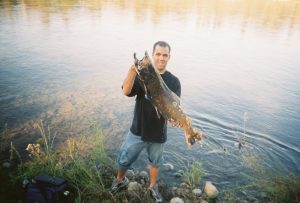 in the next few weeks. Two weeks later Pete called and gave me a location near Sacramento and what fishing tackle to bring. I showed up that Saturday morning to catch my first Salmon, along with a limit and personal best!
in the next few weeks. Two weeks later Pete called and gave me a location near Sacramento and what fishing tackle to bring. I showed up that Saturday morning to catch my first Salmon, along with a limit and personal best!
Taking all the old techniques to develop the knowledge needed to save time and money, so more time is spent fishing is now replaced with technology and mobility offered through today;s applications on computers and smart-phones. All of these new advances can lead to more time on the water. Everything that took time out driving endlessly can now be accomplished in a matter of hours from home. Downtime at home, during the night or even the off-season, can now be spent researching and preparing for the next year, season, day or trip. Having your homework done beforehand means you can get to the business of catching fish vice searching just for a spot to fish and trying to figure out how to fish the spot.
Now, the internet and social media offer so much information you can develop a plan for the spots 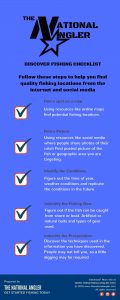 you find on the various maps. Just like I discussed, once you find a spot, then you had to figure out if the spot was productive or not and how to fish it. Today you can find the spot and use social media to discover if the spot is worthwhile. Information from the internet and social media will also help with the time of year, day, weather, tides, and techniques to help you catch more fish and have more time available to fish.
you find on the various maps. Just like I discussed, once you find a spot, then you had to figure out if the spot was productive or not and how to fish it. Today you can find the spot and use social media to discover if the spot is worthwhile. Information from the internet and social media will also help with the time of year, day, weather, tides, and techniques to help you catch more fish and have more time available to fish.
THE GOAL: a dot on the map with picture, season, species, bait and presentation.
The goal of these articles is to complete the following steps in order to start developing local knowledge. This guide will also help you will keeping the information handy and usable for future fishing adventures. The more information you can find to fill out the checklist below the better. Sometimes you make find out information a little too late. Keeping track of it this way will help you get ahead of the fishing curve the next year when the weather and seasons are the same again.
Stayed tuned and I will begin posting all this valuable information on how to take advantage of social media and the internet!
Semper Fish!
Joe, The National Angler
